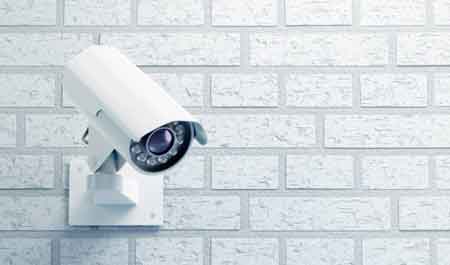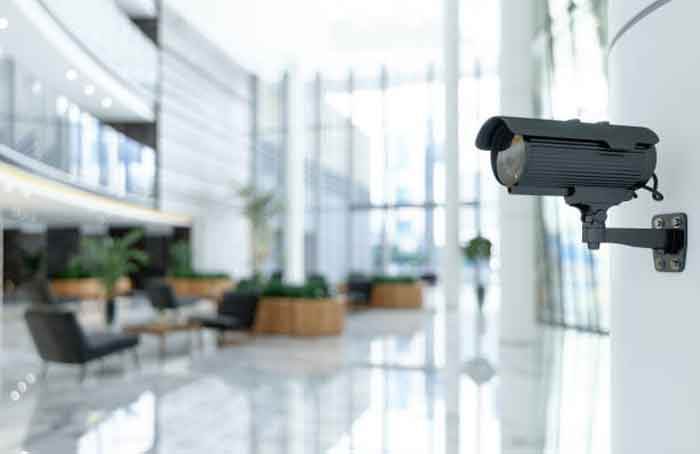Whether you’re looking to improve home security or you just want to be able to watch your property from afar, installing a CCTV system at your home is an easy and effective way to do just that. The first step is to figure out which areas you’d like to monitor. This will help you decide which type of camera to purchase and how to install it.
Monitors

A CCTV system at home is only effective if you have the right monitors. They allow you to watch the security footage recorded by the camera in detail, and check if there are any problems with the connection. The best monitors for CCTV systems will have a resolution of at least 1920 x 1080 pixels, though 4K is more suitable for viewing the footage. This will ensure that the camera feed is clear and smooth to view.
Another important factor is the refresh rate. 75Hz is the minimum, but you can get higher refresh rates if you want to experience buttery smooth motion. A quick 5 milliseconds response rate is also essential to reduce latency between the camera and the monitor. It helps to eliminate major delays in security feedback and improves picture quality.
Cameras
Security cameras can help you monitor your home. They are a great way to deter burglars and vandals while giving you peace of mind.
Wired and wireless cameras are the two main types available to homeowners. Wireless systems rely on your home’s Wi-Fi network to transmit images and video to a physical or cloud-based recording device.
Installing wired cameras requires wiring electrical boxes or running coaxial cable through walls. While this may be a DIY project for some, it can be more challenging and time-consuming than wireless options.
When choosing a camera, consider its resolution and field of view. This can determine how many cameras you’ll need and where they’ll be placed. Also, look for cameras that encrypt their footage using AES-256 bit encryption, which protects against hackers.
DVR
A DVR is an essential component to any CCTV system. It provides an encrypted storage area for videos to be recorded by cameras in your home. A DVR works by recording videos on a digital hard drive, rather than on tapes like a VCR. This eliminates the need for a timer or delay in playback.
Depending on your needs, a DVR can record a range of different types of media including movies, TV shows and games. DVRs can also save up to 30 days of recordings at a time.
Generally, DVRs are installed as part of a complete security system by a licensed security installer. They have the expertise and tools to run wires, seal these up, mount and aim cameras, and run their power and video lines as well.
Power supply
A power supply is an essential part of CCTV camera installation. It is used to power the cameras, DVR and monitors. A typical CCTV power box has many outlets and can be found at hardware stores for $30-$50. They are ideal for powering multiple cameras close together or those that aren’t near an outlet, such as attic cameras.
They can be used for any type of 12 or 24 volt DC device. They can also be used to power alarm devices such as motion detectors and sirens.
Summary:
Using a power box for multiple cameras can help keep the wiring organized and easy to run. However, it’s important to choose a box that has enough ports for the number of cameras you want to install.
